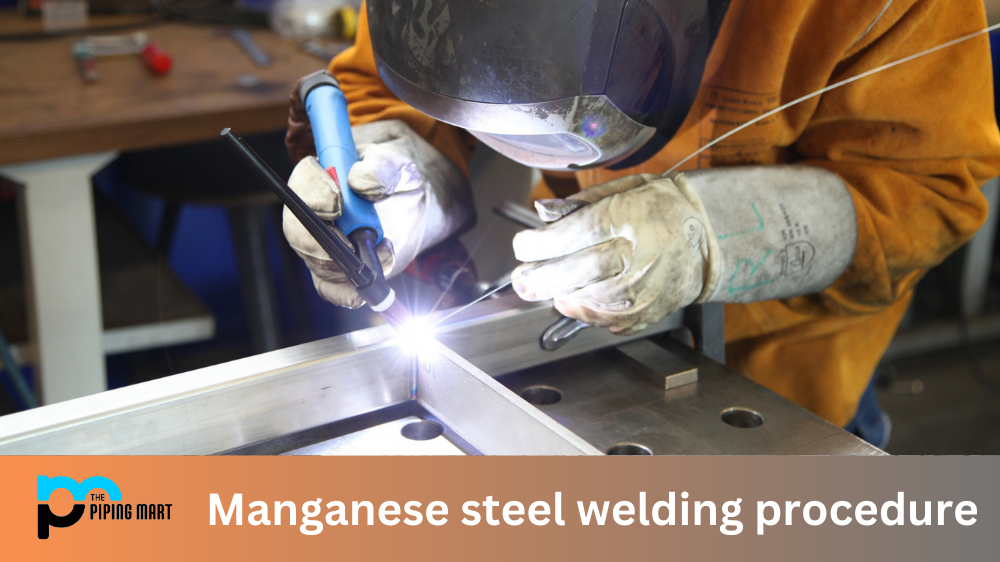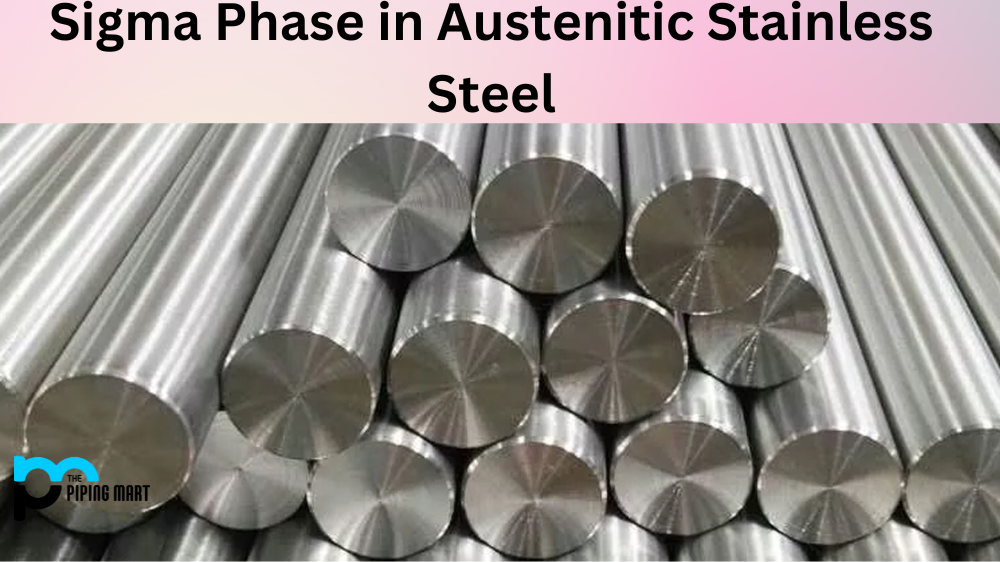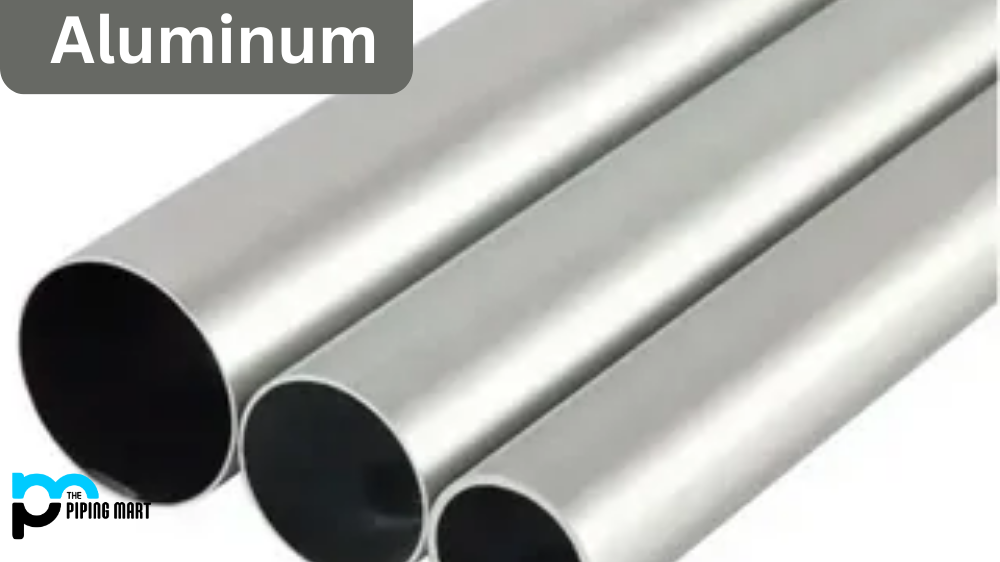Manganese steel is a special alloy used in many industrial applications that require strong and durable materials. This type of steel is highly resistant to wear and tear, making it an ideal choice for heavy machinery and equipment. However, welding this material can be tricky due to its high carbon content. Therefore, using the correct welding procedure is important when dealing with manganese steel. Let’s take a look at how you can do this.
Welding Preparation
Before you begin welding manganese steel, some important steps must be taken to ensure a successful weld:
- Make sure the surface of the metal is clean of any dirt or debris. A wire brush or sandpaper can be used for this purpose.
- Preheat the material before welding; this helps reduce internal stresses and prevents cracking during the cooling process.
- Use low amperage settings (around 80 amps), as manganese steel tends to melt quickly at higher temperatures.
How to Weld Manganese Steel?
Welding manganese steel can be a challenging task due to its hardness, brittleness and tendency to work-harden. Nonetheless, with the right technique and some patience, it can be done. To get started on how to weld manganese steel, you should begin by preheating the metal around the welding area before applying any heat; this prevents brittleness which negatively impacts how smooth and how quickly the weld will come together. Afterwards, you would use a low amperage setting on the welder for the initial penetration of the metal during the weld build-up process; this helps to protect from overheating caused by a high amperage setting. Be sure to move slowly and steadily during each pass of welding in order to maintain an even heat application that produces an even thermal flow over time. Lastly, once complete, cool down your weld area quickly after each pass as it helps relieve internal stresses in the metal which can prevent cracking of your welds in the future. Following these steps when learning how to weld manganese steel should ensure desirable results for achieving strong and successful construction projects!
Welding Process
Next, it’s time to start your welding process! Begin by setting your power supply on low amperage—around 80 amps—and then slowly increase the current as needed until you reach your desired temperature level. It would help if you aimed for a small spot size and quick weld speed; too much heat can cause warping in the metal and weaken the strength of your welds over time. Additionally, using short arc lengths as long arcs will also cause warping in manganese steel and lead to poor-quality welds. Once you’ve finished welding, let your work cool down naturally before inspecting it for any flaws or defects such as cracks or porosity.
Step 1
The first step in welding manganese steel is ensuring that all surfaces are clean and free of contaminants such as dirt, oil, or grease. This can be done by using a grinder or other tools to remove these substances from the metal surface. Once this has been completed, you should ensure that all edges are square even before beginning the welding process.
Step 2
The next step is to select the appropriate type of electrode or flux core wire for your specific application. For example, if you are welding on stainless steel, you would want to use a stainless steel electrode or flux core wire. If you are working with mild steel, then you would need an appropriate mild steel electrode or flux core wire for your project. Once you have selected your electrode or flux core wire, it’s time to begin the welding process.
Step 3
First, preheat the area where you will be welding by heating it to approximately 400 degrees Fahrenheit (204 degrees Celsius). This helps prevent cracking due to thermal shock when the cold metal comes into contact with hot metal during welding. Next, tack weld your pieces together using short welds spaced evenly apart around 0.25-inch (6 mm) intervals along each edge of your joint/seam line. Once tracking is complete, begin full penetration welds using short slow beads while overlapping each started bead slightly onto adjacent beads until completion of the seam line.
Step 4
Finally, allow your weldment to cool down slowly at room temperature before taking it off the table/work-piece rest and performing any visual inspections necessary on the finished product before continuing with additional fabrication processes as needed for your particular application/project requirements.
Post Weld Cleanup & Inspection
After completing your welds, inspect them closely for any signs of imperfections or defects such as porosity or cracks which could indicate faulty welding technique or improper preparation work prior to welding. If all looks good, use a wire brush or sandpaper to clean off any slag from the surface of the manganese steel pieces that were welded together—this will help prevent corrosion and improve the overall appearance of your finished product! Finally, check all electrical connections for tightness before powering up again after the cooling down period has ended (or turned off).
Benefits of Welding Manganese Steel
Welding Manganese Steel is an extremely tough and durable metal
Welding Manganese Steel is an extremely tough and durable metal that is often used in the construction of heavy-duty equipment. This metal is able to withstand high levels of stress and wear, making it an ideal choice for use in applications where strength and durability are paramount.
Welding Manganese Steel is resistant to corrosion
Another benefit of welding manganese steel is that it is highly resistant to corrosion. This means that it will not rust or degrade over time, even when exposed to harsh environments. This makes it an ideal choice for use in applications where longevity and low maintenance are important.
Welding Manganese Steel has a high melting point
Welding Manganese Steel also has a very high melting point, making it an ideal choice for use in high-temperature applications. This metal can withstand temperatures of up to 2000 degrees Fahrenheit without being damaged or deformed.
Welding Manganese Steel is non-magnetic
Another unique property of welding manganese steel is that it is non-magnetic. This means that it will not be attracted to magnets, making it an ideal choice for use in applications where magnetic fields are present.
Welding Manganese Steel is easy to weld
Welding manganese steel is also relatively easy to weld, compared to other metals such as stainless steel. This means that less time and effort are required to complete a successful weld, making it an ideal choice for use in applications where speed and efficiency are important
Conclusion
Manganese steel is a special alloy used frequently in many industries due to its durability and strength compared to other materials available on the market today. However, welding this type of metal comes with certain challenges such as high carbon content which can cause warping if not addressed properly during the setup phase prior to commencing the actual project itself (i.e., preheating material). Following proper procedures when dealing with manganese steel is essential for achieving successful results; by following these steps outlined above – from preparation work through post-weld cleanup & inspection – website owners have a greater chance of succeeding in their projects involving this unique material!

Abhishek is a seasoned blogger and industry expert, sharing his insights and knowledge on various topics. With his research, Abhishek offers valuable insights and tips for professionals and enthusiasts. Follow him for expert advice on the latest trends and developments in the metal industry.




